That cute dog or exotic wild animal may seem enticing to have at home. But you may not have enough time to care for it, especially if you’re always occupied with work. Hence, we’ve compiled 19 common pets to avoid if ‘high-maintenance’ is the last thing you want.
Persian Cat

The Persian cat has long fur that mats easily, so it needs a lot of daily grooming. It’s also prone to genetic-related health issues, the most common of which are linked to its respiratory system. This makes it a poor choice if you don’t want constant visits to the vet.
African Grey Parrot
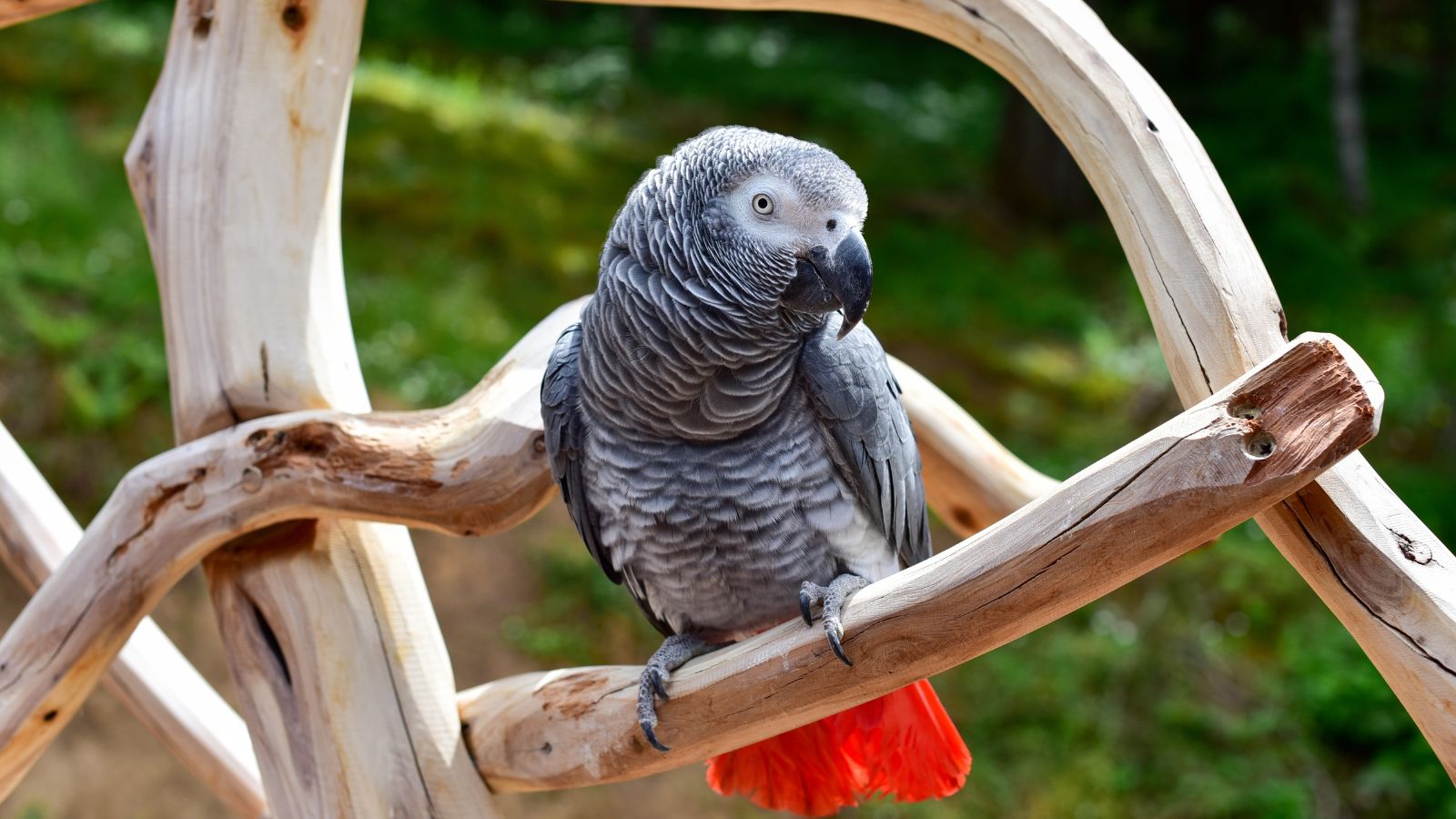
The African grey parrot is a highly intelligent bird that needs constant mental stimulation to be happy. When not given enough attention, it could start behaving aggressively. They’re also a long-term commitment as the Maryland Zoo says they live for an average of 50 years!
English Bulldog

The English bulldog isn’t the most active breed, which makes it prone to obesity when strict meal plans aren’t followed. It’s also a short-nosed breed with a higher risk of developing breathing problems, and the wrinkles on its face require daily cleaning to prevent infections.
Cocker Spaniel

Cocker spaniels need daily grooming and trimming, preferably done professionally. You’ll also need to clean their long ears frequently to prevent infections. Cocker spaniels need a lot of emotional attention and often develop separation anxiety when left alone, so they are not the best pets for those wanting to avoid high maintenance!
Great Dane

It’s clear that the Great Dane is a large dog, and it’s this exact feature that makes it hard to take care of. This breed eats a lot of food, which can increase your upkeep costs, and it also needs more space and exercise than most others, not surprisingly! The Great Dane’s size also makes it prone to health issues like hip dysplasia and heart problems.
Himalayan Rabbit

Due to its long fur, the Himalayan rabbit requires extensive grooming, and this is best done on a daily basis to maintain its coat and prevent fur balls. It’s also an active animal that needs a lot of space to exercise, and you may have to visit the vet regularly to treat dental and foot problems.
Ferret
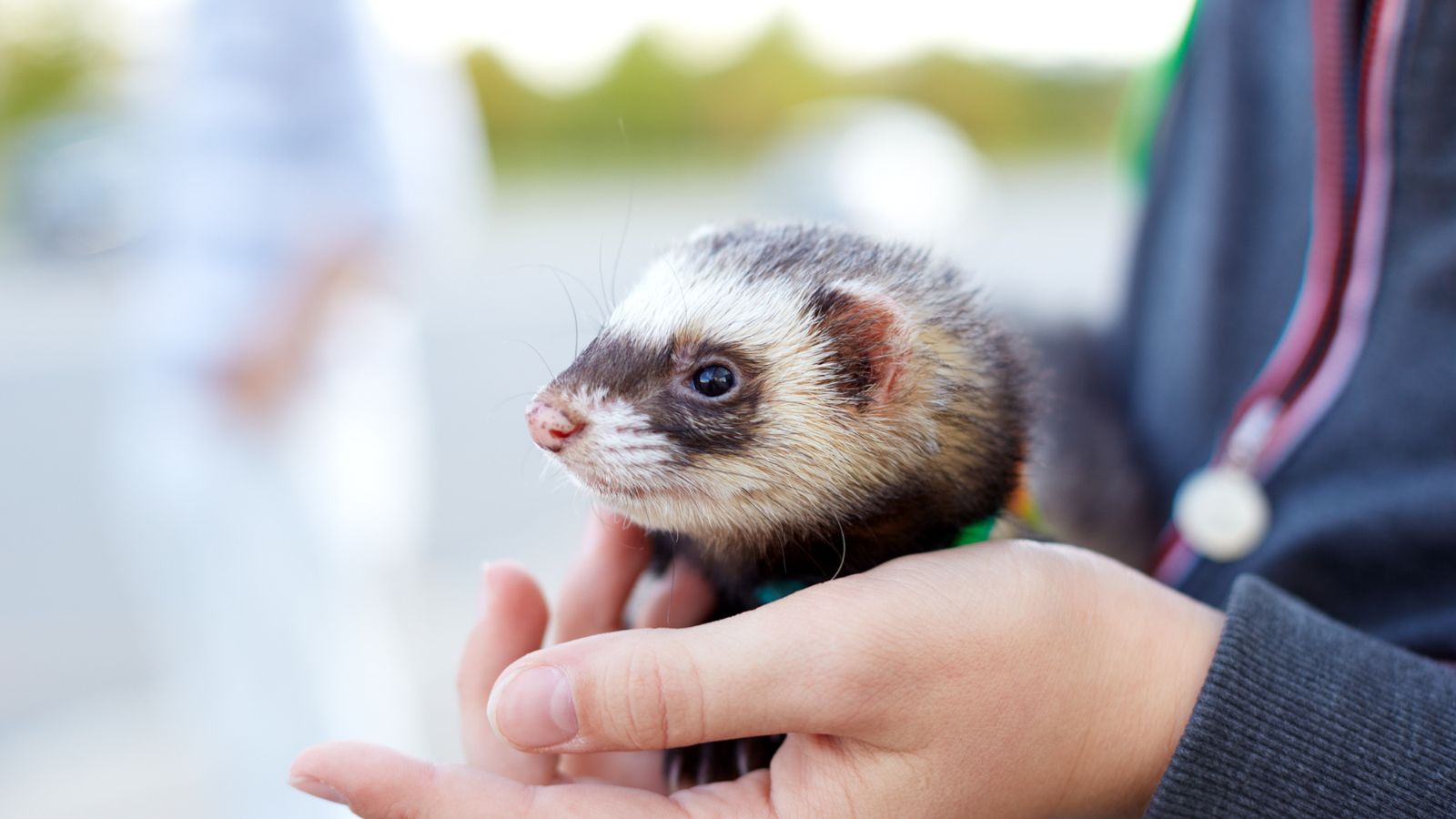
Ferrets are another high-energy animal on our list that can become destructive when they aren’t engaged enough. But this isn’t the worst thing about them, they can also be infected with (and spread) the flu, especially if not given a yearly flu vaccine. What’s more, the Spruce Pets explains that they have a foul, musty smell that’s hard to manage!
Maine Coon Cat

The Maine Coon is a large breed of cat with long fur that needs to be fed and groomed much more than your regular cat. Given its athleticism, it requires very active playtime and constant engagement to stay happy. You may also have to deal with common health problems like spinal muscular atrophy (SMA), hypertrophic cardiomyopathy (HCM), and hip dysplasia.
Husky
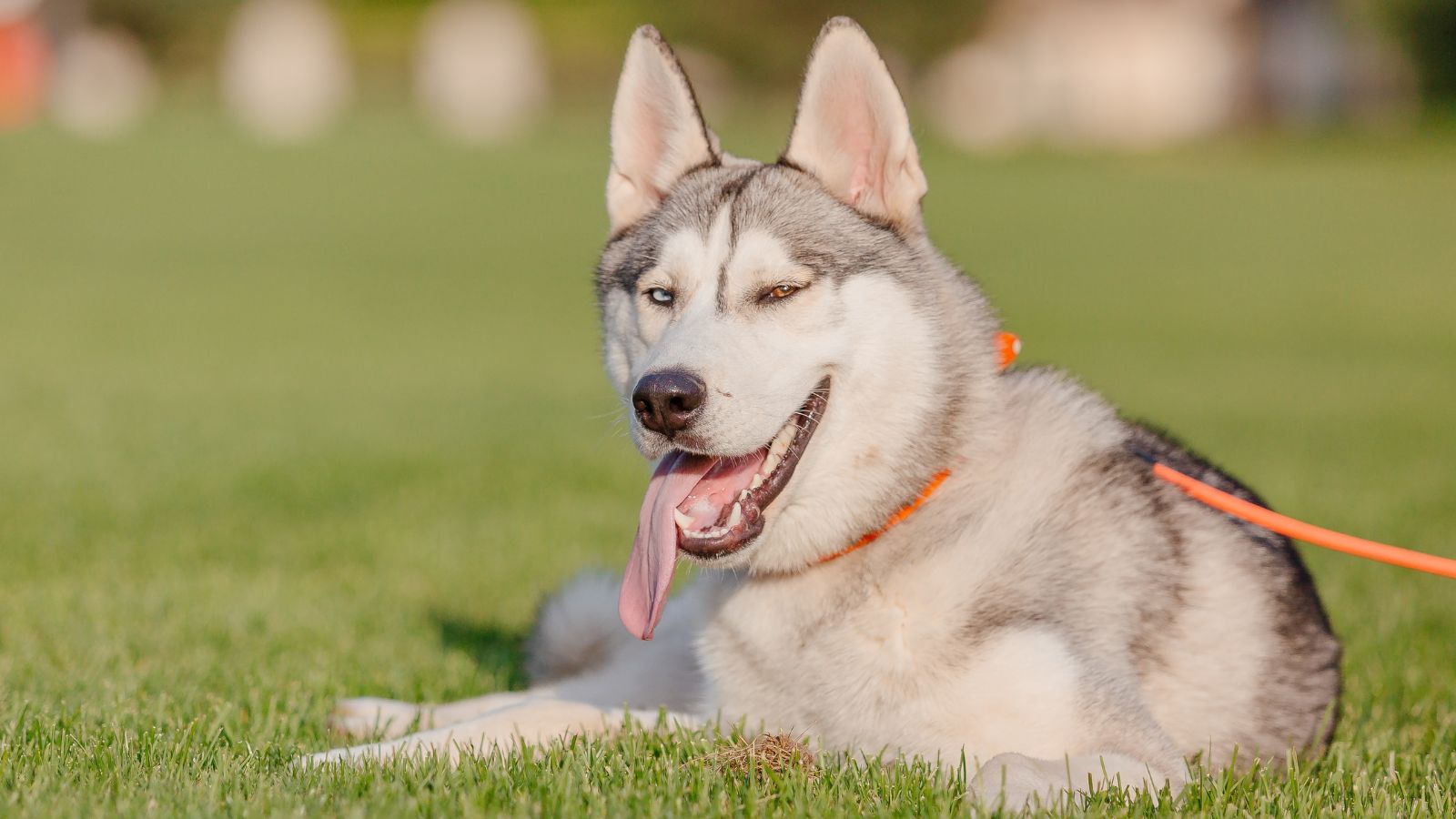
If you stay in warmer climates, you would want to steer clear of huskies. This is because the multi-layered coat of these dogs makes them susceptible to complications from dehydration and heatstroke. However, it doesn’t all end here. Huskies are also popular escape artists, and they need daily high-energy exercises to remain healthy.
Macaw
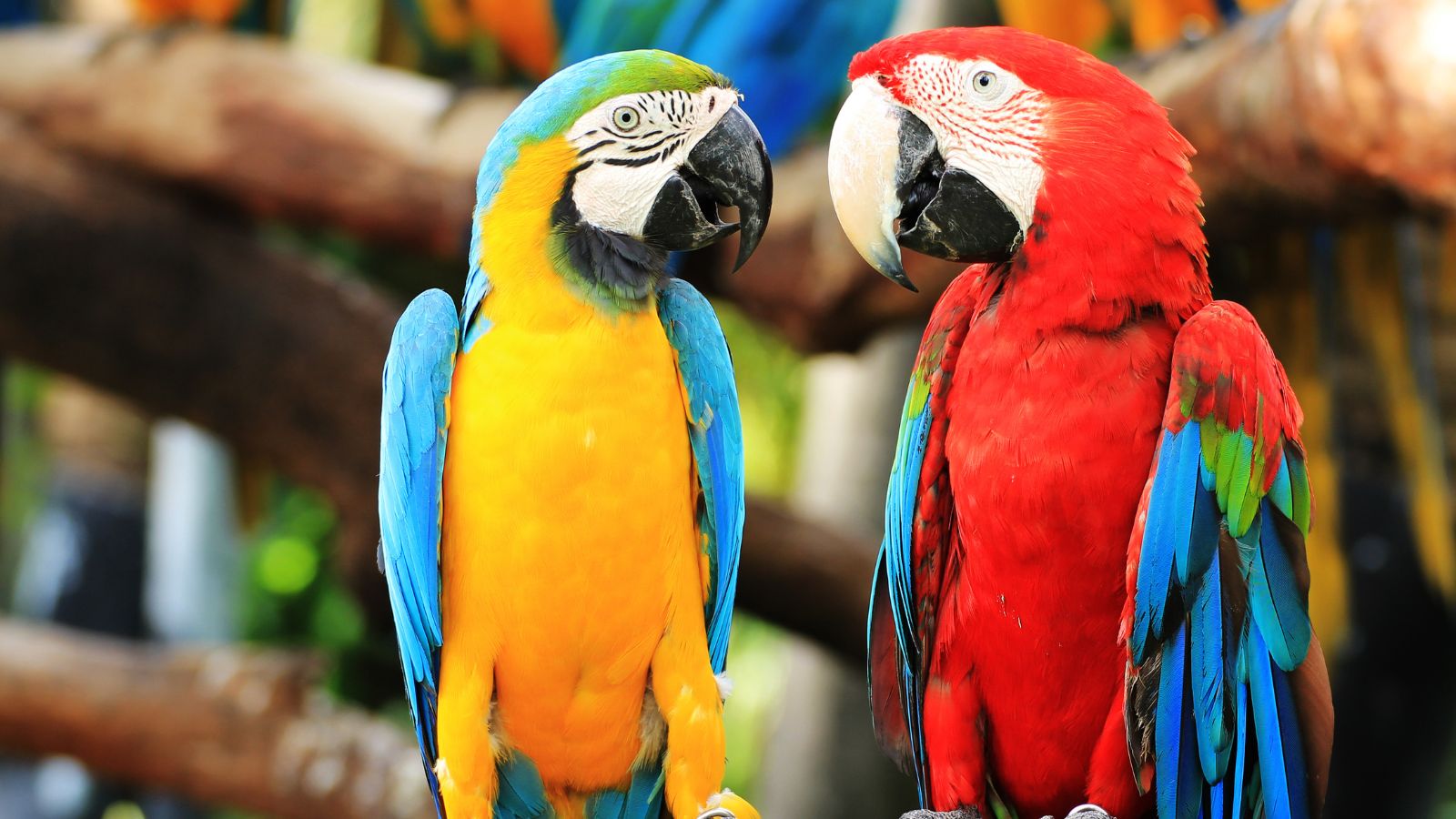
The macaw needs enough room to fly around, so it should have a large cage. It’s also a social bird that needs constant engagement to stay mentally stimulated (and prevent them from becoming aggressive). Macaws live for over 50 years on average, meaning that you shouldn’t be getting one if you aren’t ready for long-term commitments.
Boxer
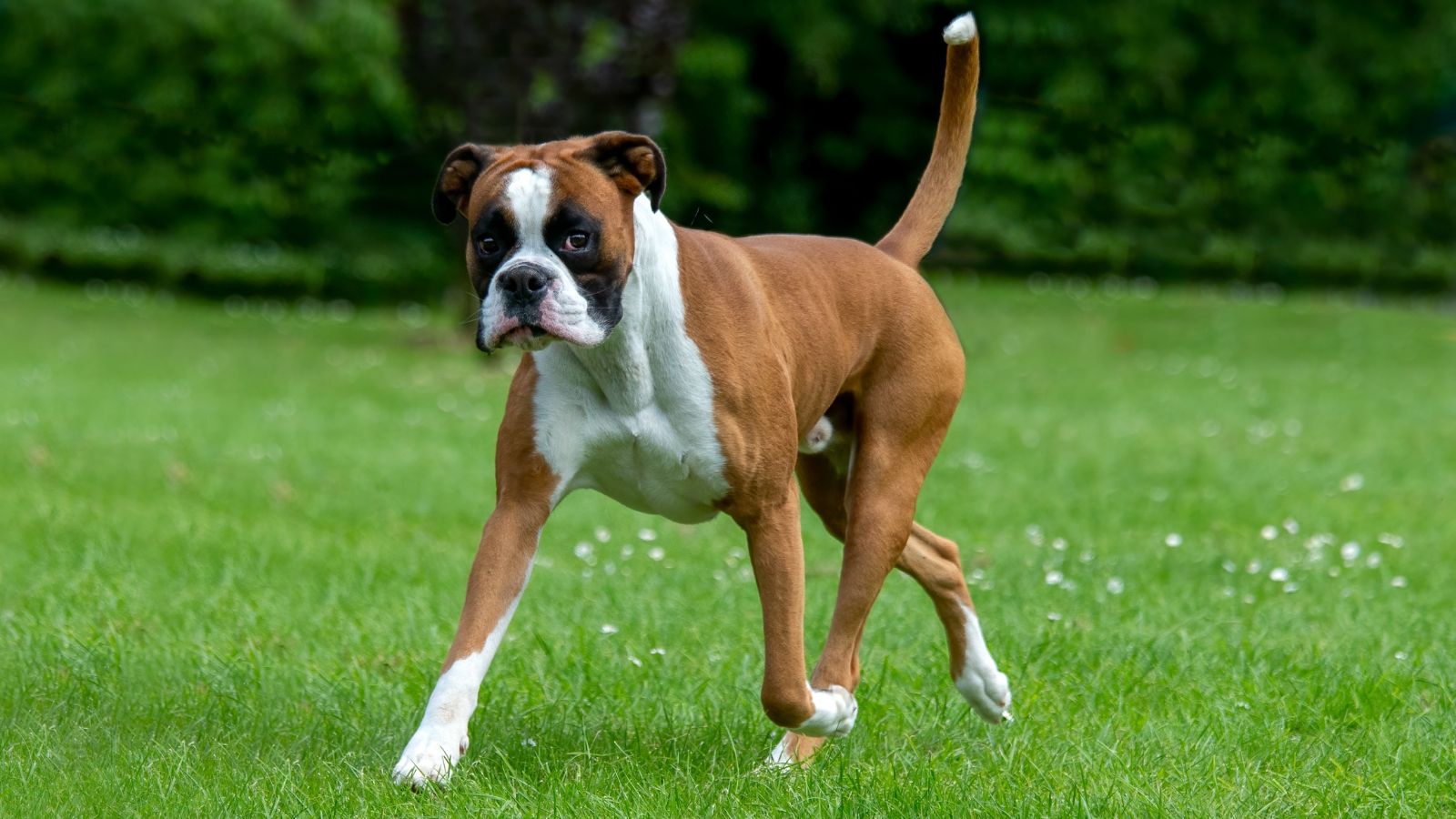
If you are someone who receives lots of visitors, you should think twice about having a boxer at home. This is because it’s a dog with natural aggressive tendencies that require consistent training from an early age, making it dangerous for strangers. You may also have to carefully manage health issues like heart problems and cancer with this dog.
Poodle

The AKC shares that poodles require professional grooming every four to eight weeks (and some even need this after only three weeks). Regular mental stimulation is important to keep this dog in check, as it’s an emotionally needy dog that could develop separation anxiety when left alone.
Siamese Cat
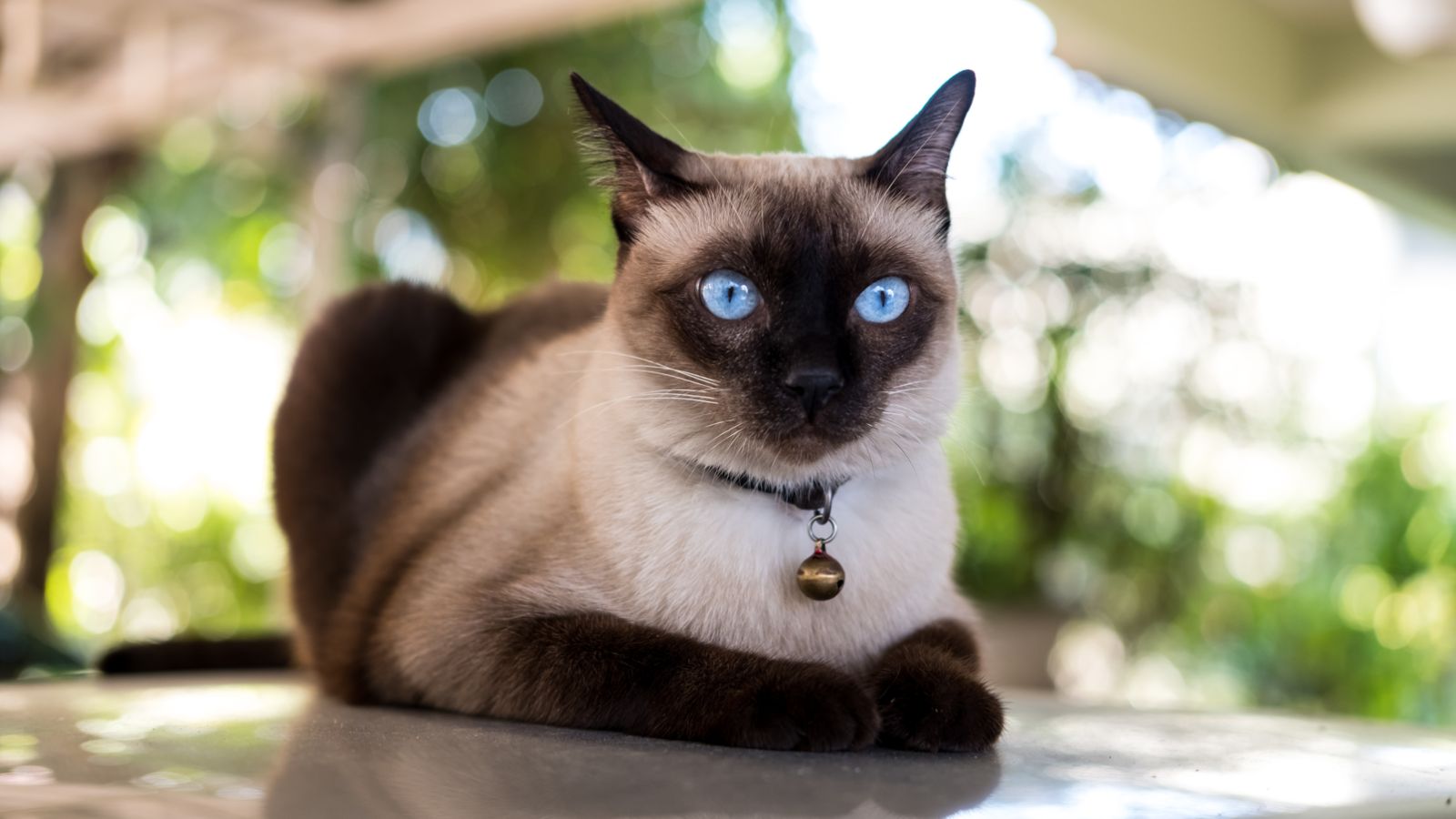
Siamese cats are a social species that is vocal when they need attention, which can become overwhelming for hypersensitive people. It’s also common for these cats to suffer from health issues like asthma, dental diseases, and hip dysplasia, which results in an unprecedented number of visits to the vet.
Saint Bernard

Saint Bernards eat very large portions of food, potentially causing you to spend way more than you had planned in your budget. The ASPCA also shares that they drool excessively, so you’ll find yourself constantly cleaning after them, wiping down surfaces around your home. The size of this dog and accompanying issues like bloat and hip dysplasia are extra things to worry about.
Border Collie
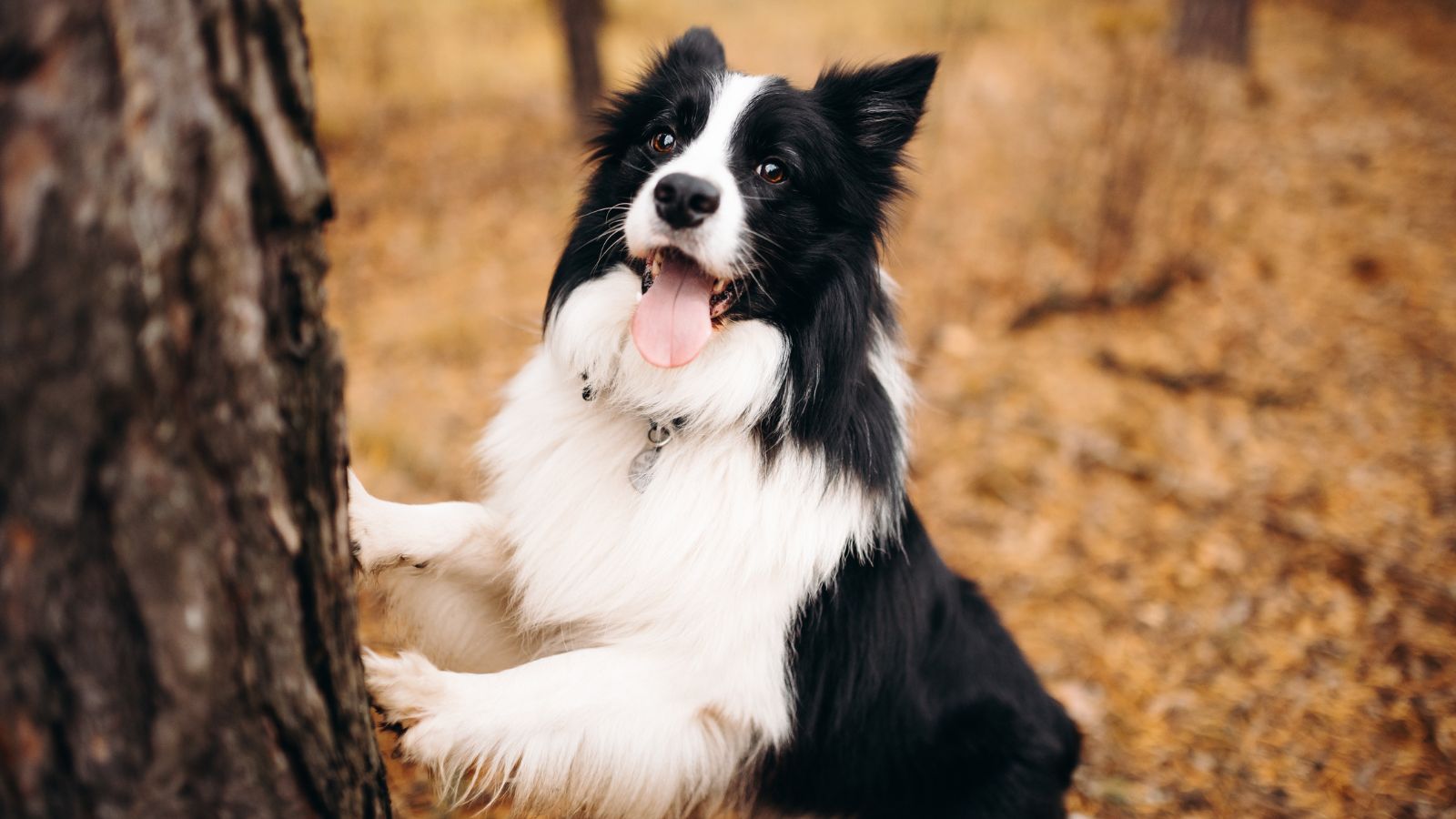
The border collie is one of the most intelligent dogs you’ll encounter, meaning that it needs a lot of mental stimulation. It’s also a breed that requires ongoing training to keep in check. All these traits make it prone to developing behavioral issues if you don’t engage with yours enough.
Chow Chow

With chow chows, their thick fur coats are your major worry. Not only do they need constant grooming to remain in good condition, but these thick coats expose chow chows to superficial skin diseases that are expensive to treat. You may also have to deal with orthopedic health issues too.
Weimaraner

The Weimaraner is an excessively high-energy dog that needs a lot of physical exercise to stay healthy and is prone to separation anxiety when left alone for too long. It’s also a stubborn breed that’s difficult to train, requiring consistent, repeated training to keep it on its best behavior.
Dalmatians
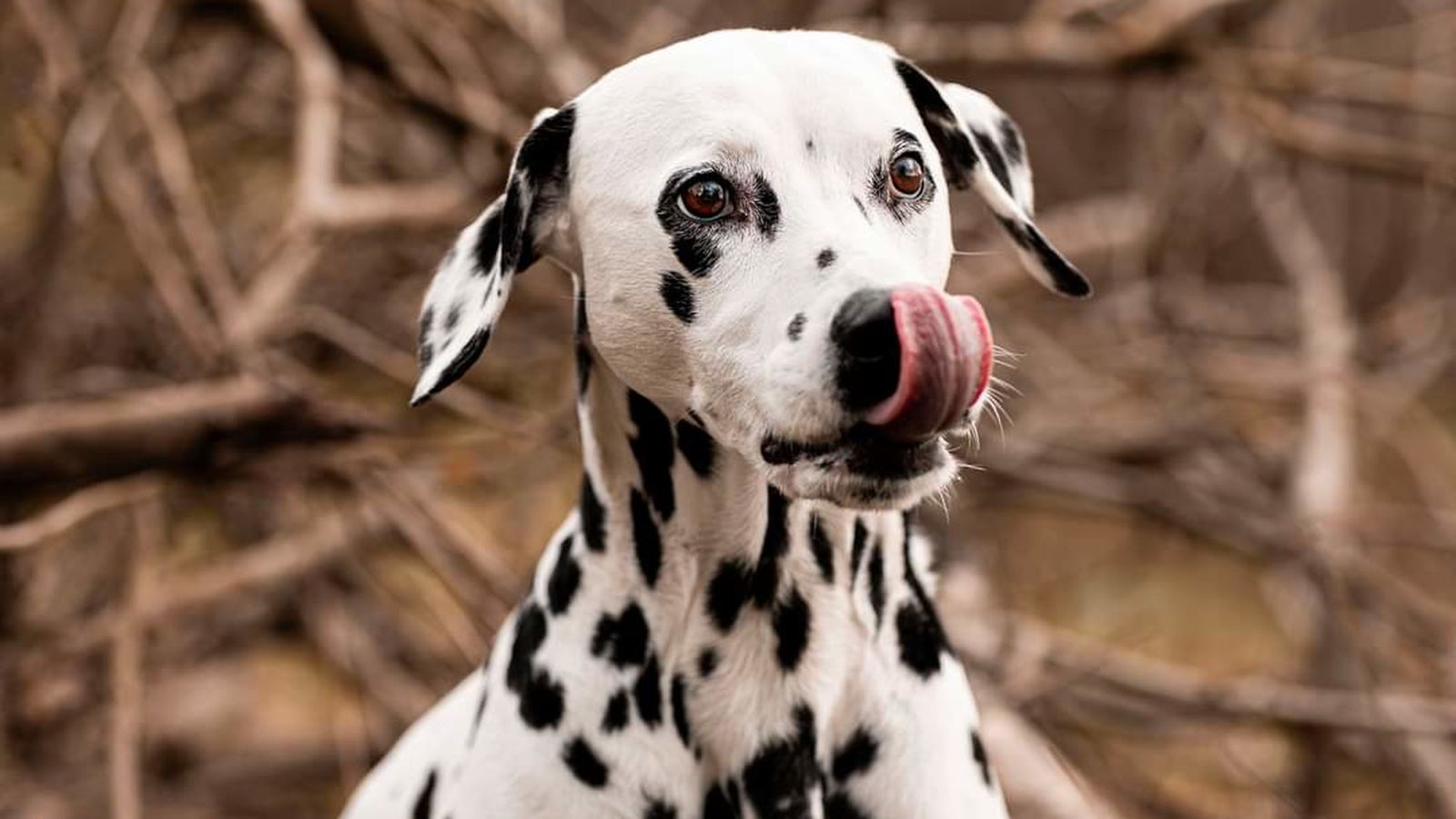
As the PDSA tells us, “Dalmatians can get bored easily. They need to be physically and mentally challenged and need plenty of company to prevent them from…chewing your furniture into pieces.” The exercise requirements of these dogs can be too difficult for many to keep up with.
Bengal Cat

If you are a busy person, Bengal cats aren’t for you. These attention-seeking cats could become annoyingly restless and dangerously aggressive when not given the engagement they seek. Their common, hereditary heart, eyes, and lung problems don’t make matters any better, either!
Up Next: Do You Know Your Rights? 17 Things You Don’t Have to Answer When Stopped by Police

The thought of getting stopped by the police is a nerve-wracking prospect for most people. It can be even worse if you’re not sure what you should and shouldn’t say, creating a sense of paranoia, anxiety, and confusion. If you’re worried about the potential for a confrontation with the cops, we’re here to help. This list covers 17 things you don’t have to answer when stopped by police officers.
Do You Know Your Rights? 17 Things You Don’t Have to Answer When Stopped by Police
18 Things That Say You Are Middle-Class and Not Rich

The difference between the rich and middle class can be confusing, but the two couldn’t be further from each other in reality. In this article, we look at 18 signs that someone is middle class but not at all rich or wealthy.
18 Things That Say You Are Middle-Class and Not Rich
18 Reasons You Feel Like You Don’t Belong Anywhere

Feeling like you don’t belong anywhere can feel incredibly isolating. We need companionship to keep us connected to the world, so if you’re struggling to form relationships and don’t feel that you don’t fit in, here are 18 reasons why that might be.
